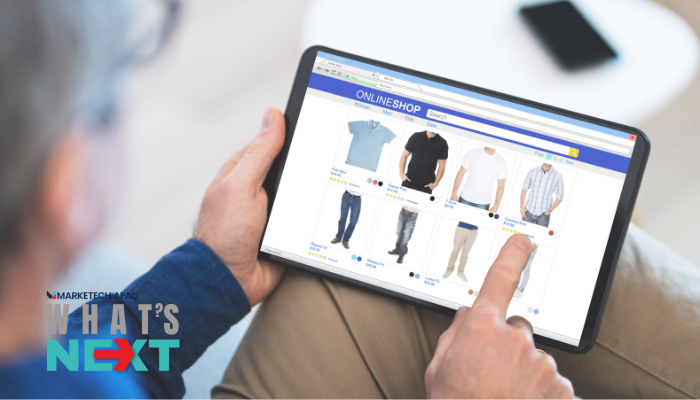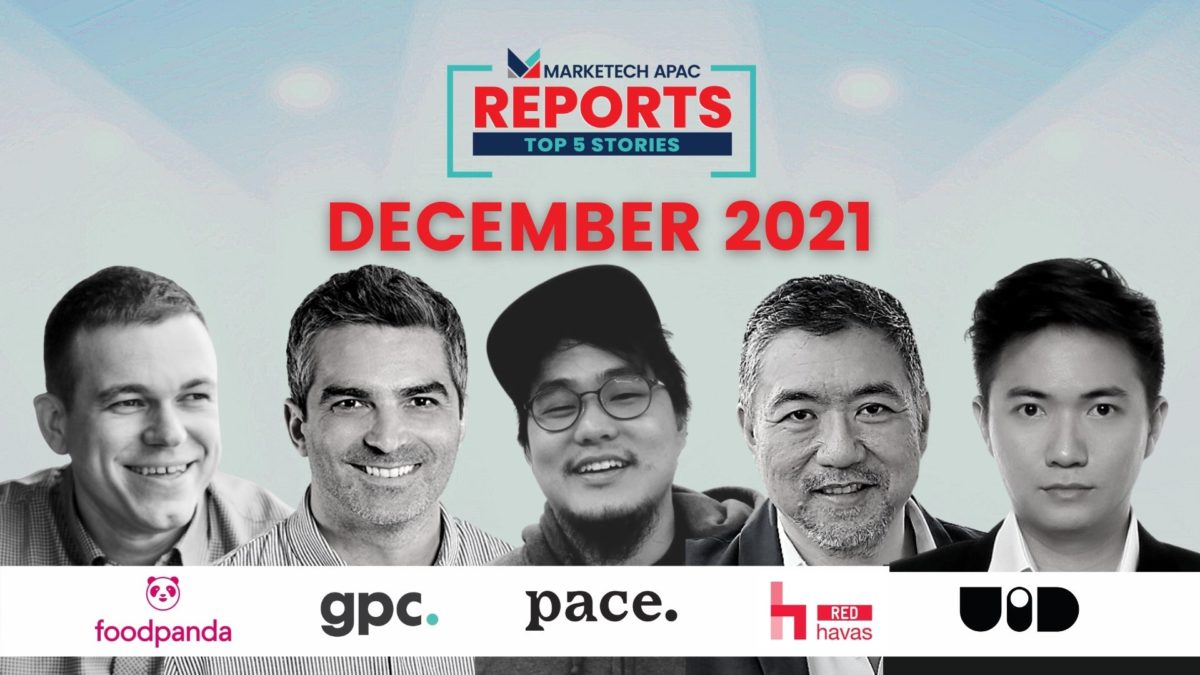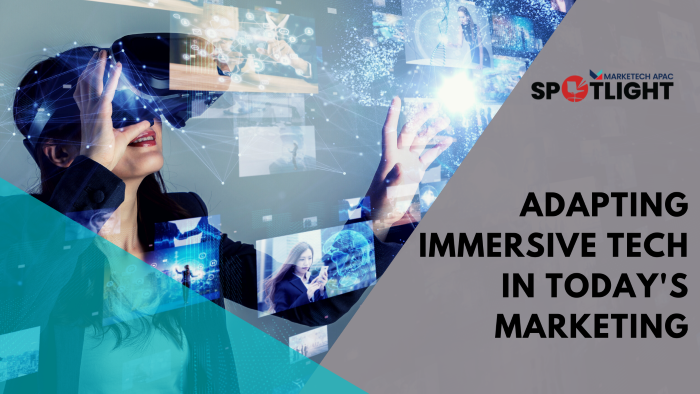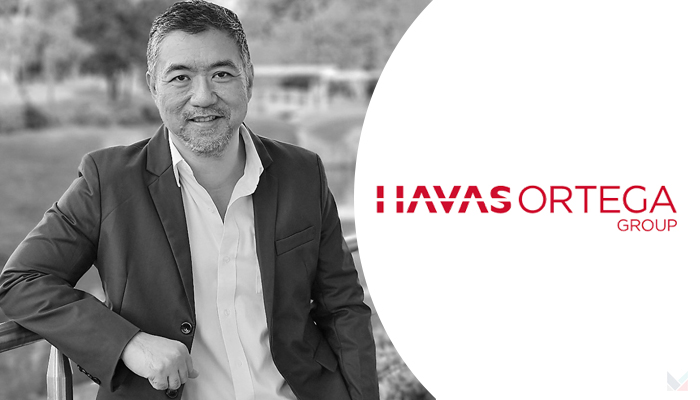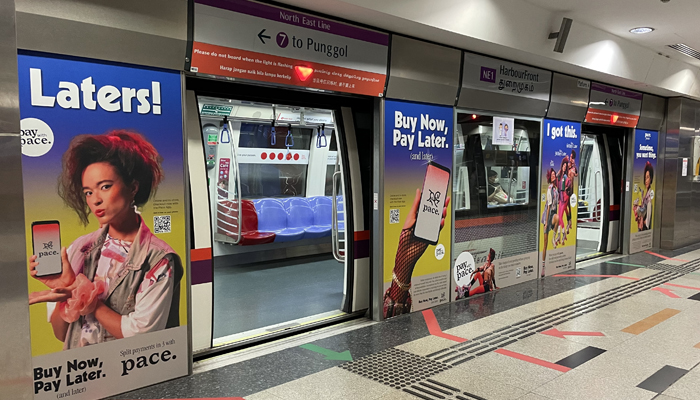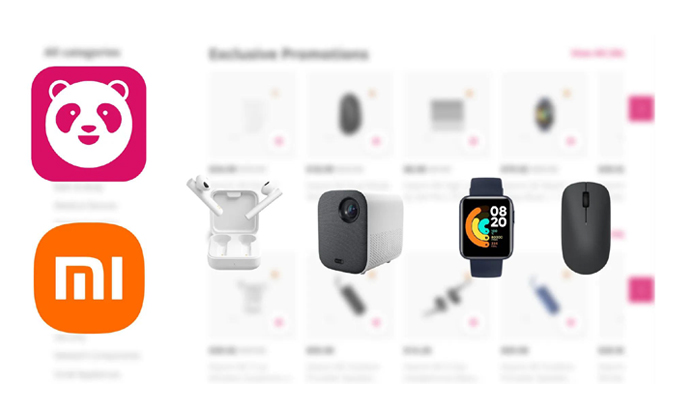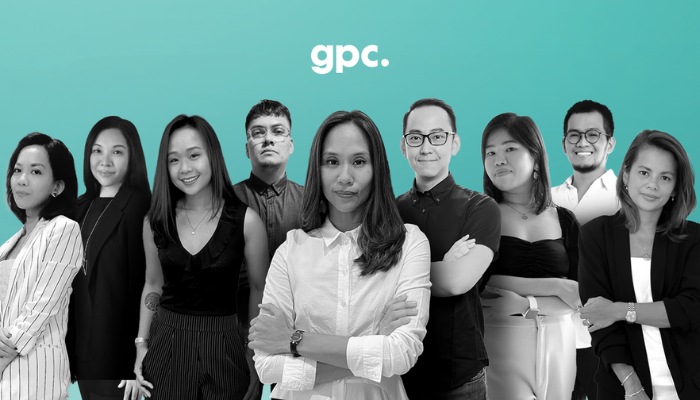Crossing Over to Shoppable Content
As far as internet real estate goes, digital marketing has become a much more precise science. It’s no longer an open house where anyone can come in and salespeople can only hope that the right people would notice the high ceilings or marble countertop and be convinced enough to take the deal. These days, marketers bring the content right in front of their audience in an experience as personal as any, the digital analogy of leading the consumer right toward the cash register. Shoppability isn’t just a new catchphrase. In the world of content, it is the new normal.
The Consumer Conversion
In narrowing the gap between commerce and consumer, big brands are moving from a publisher model into an e-commerce one. Consider the biggest merchants in the world. They all become media at one stage. They have journalists in-house that produce numerous articles and videos, becoming brand publishers in the process.
Net-a-Porter, for example, has become more of a magazine online than a retailer. Amazon is now a media company that produces content all around the world. L’Oréal has invested tens of millions of euros to build platforms like hair.com and skincare.com. Those websites attract a lot of traffic which enable L’Oréal to gain traction and build up visibility among their users with free organic visits.
On the other hand, those who are already in publishing, like Allure or Refinery29, are looking at newer ways to gain revenue from their audience beyond the unpredictability of paid advertising. Through the years, they have come up with more than 10,000 product reviews from different brands around the world. They aggregate those product reviews to develop search-based content, SEO traffic, and organic visitors for free from Google and eventually convert them to shoppers. So, when the audience discovers a product via Allure.com, they’re redirected immediately towards e-commerce websites like Walmart or Clinique. Allure then earns some commission based on the traffic and conversations that they’ve generated to the brand.
The need to drive those organic visitors into shoppers has led to a convergence between content and commerce. In the last six months, there has been a massive transformation of online platforms into e-commerce websites. It’s become a formula to drive value, engagement, and sales.
Becoming Shoppable
In the foreseeable future, more and more companies will be adopting this strategy into their brand.com websites, turning them into shoppable platforms. They will take their existing content management systems, embed seek-out, needs-based content for users, and add products within those pages. The result is a richer, dynamic, personal experience that engages the audience – and conveniences them – while giving significant commercial benefits to brands.
How it works is that you take an audience-attracting piece of content, like an article. The article contextually features advertising based on a keyword on the page by displaying smart product placements based on an algorithm that is carefully chosen by the merchant or brand. Then and there, the audience can ‘add to cart’ without going through the hoops of multiple redirections or manually inputting a separate site.
Allure and L’Oréal are only a few of the brands that are now relying on this formula. With shoppable content, the consumer is captive right at the moment of influence. For example, IKEA’s revolutionary augmented reality app, which lets users see how its products would look in their space, allows customers to buy that particular piece right then and there.
The aforementioned luxury retailer Net-a-Porter takes things further by turning even the analogue into a shoppable channel. The Edit is its weekly digital magazine that expectedly leads the audience to product pages upon clicking on editorial layouts. However, Porter is an actual, tangible print magazine. When readers scan over the images with the Net-a-Porter app, they can immediately purchase the featured products.
Taobao has attracted millions of shoppers via live stream shopping. YouTube has installed a direct-response ad format with browsable product thumbnails underneath the video. Pinterest has turned its top-performing organic Pins into shoppable ads. TikTok has launched an integrated shopping feature, virtual teleshopping, and even dance contests that link to in-app purchasing.
The progression of social media as a shoppable content venue is as organic as they come. It has a built-in audience that depends on social media channels for entertainment, inspiration, and now a procurement of those first two. Yet, these are only the tip of the iceberg when coming up with shoppable solutions for content.
A More Meaningful Experience
When a company makes more engaging content and realises its commercial potential, it does not only benefit the brand but the consumer as well. Using performance-driven data offers consumers a more personalised and authentic journey. These numbers instigate a better understanding of people and their behaviours and inspire content that is much more relatable.
Content marketing answers people’s questions at the right place and at the right time. Shoppable content takes that a step further – presenting benefits for everyone in the journey. It is as measurable as it is personal. It’s not just the next big thing. It’s here, now.

This article is written by Sven Lung, CEO & founder of performance-driven content agency Green Park Content.
The article is published as part of MARKETECH APAC’s thought leadership series What’s NEXT. This features marketing leaders sharing their marketing insights and predictions for the upcoming year. The series aims to equip marketers with actionable insights to future-ready their marketing strategies.
If you are a marketing leader and have insights that you’d like to share with regards to the upcoming trends and practices in marketing, please reach out to [email protected] for an opportunity to have your thought-leadership published on the platform.



